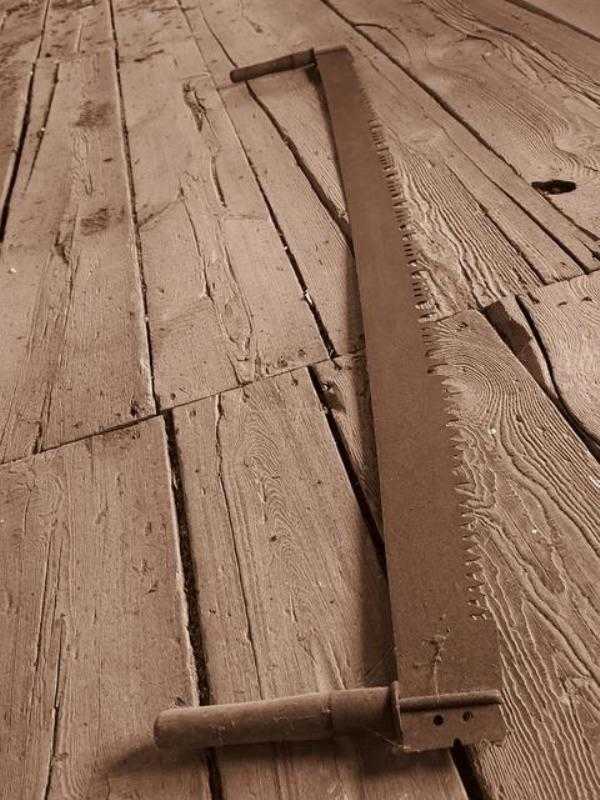
Many things separate us from other animals, not the least of which is inventing and using tools to make our lives easier. For millions of years, we have been perfecting basic ideas so they can better serve us in the modern era. Just because tools get old doesnt mean they become useless. Instead of tossing out rusted pliers or buying brand new everything, fix them. Some even find old tools and refurbish them, resulting in superior tools for half the cost.
Removing Rust
Arguably the most common form of deterioration, rust happens to metals over time as they either fell prey to water damage or simply had enough time to react to regular humidity. The first step is to determine the extent of the rust damage. While generally not harmful initially, it will deteriorate the metal overtime, making the tool useless. So long as the structural integrity is intact, there are two ways to tackle it. For the beginnings of rust, get a good penetrating lubricant, many suggest WD-, and scrub the area with a heavy-duty pad. Do not use sandpaper as this scratches the metal, and wipe off excess lubricant before finishing. For those with more extensive rusting, look for spray-on, wipe-off rust removers that are acid-based. Then, add a rust inhibitor to leave a thin film on the surface, protecting it from further damage. Wipe away all excess.
Handles
Nowadays, you would be hard pressed to find a wooden handle, but the same principles still apply should you have any handle damage. The idea is to simply glue it back together. Now, thwill be doesnt mean sticking glue in the visual crack or cracks forming. Youll actually need to remove the handle itself. Separate the pieces and clean them. For wood, only use a tooth brush, never sandpaper. Spread a coat of glue onto both faces and into any small crevices, then clamp them together back in place on the tool. As you let it dry for about an hour, clean up any and all extra glue.
Sharpening Blades
Restoring the bite to old saws and the like is a bit more complex than simply taking a file to the pointy end. Consider using a company specializing in saw sharpening to forgo the complexities. The teeth in the various blades are cut in a wide variety so as to make each tool that much more useful for its intended purpose. This means some teeth will have a bevel while others wont. You should also pay attention to the degrees. The bevel could be anywhere from to degrees while the pitch angle could simply be 0. This, then, will determine at what angle you hold the file as you sharpen the teeth. Hold the file level through the gullet, keeping it at the same angle as the part you are trying to sharpen. When done correctly, this is probably the most time consuming part of restoration.
Storage
Now that your old tools are in working condition, its important to not backtrack on your hard work. Sometimes, the way they are stored is the most detrimental. Current tool boxes are generally metal or plastic, making them horrible places for absorbing moisture. To combat this, especially if you live in a humid region, buy silica packs to keep in the box. These will serve as moisture absorbers and further protect the tools from any harm. If you happen to have old wooden tool boxes, you should be fine. Wood naturally takes in all excess moisture and is a great line of defense against the elements.
Cleaning up tools can quickly turn into an insatiable hobby. In addition, finding older tools and fixing them up can save you a lot of money. Indeed, many tools are designed to simply be discarded after a set number of uses, forcing you to keep buying more. Older tools, however, were made to last. As you begin searching for a great fixer-upper or a unique addition to the collection, just remember to take it slow and steady, and you could very well have a like-new tool that will last a lifetime.